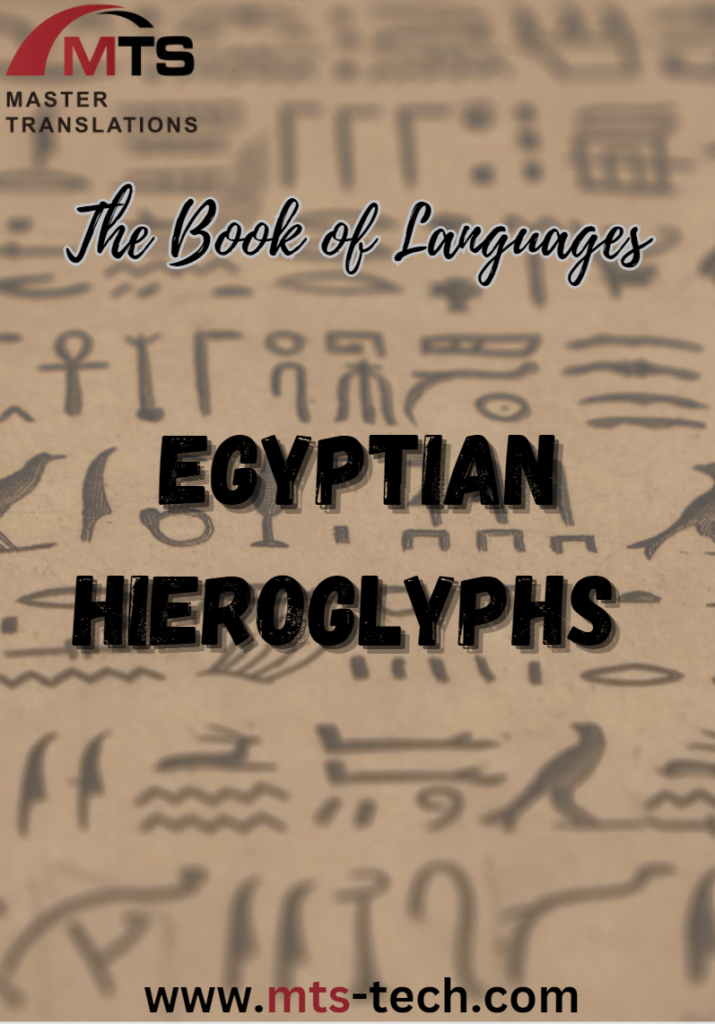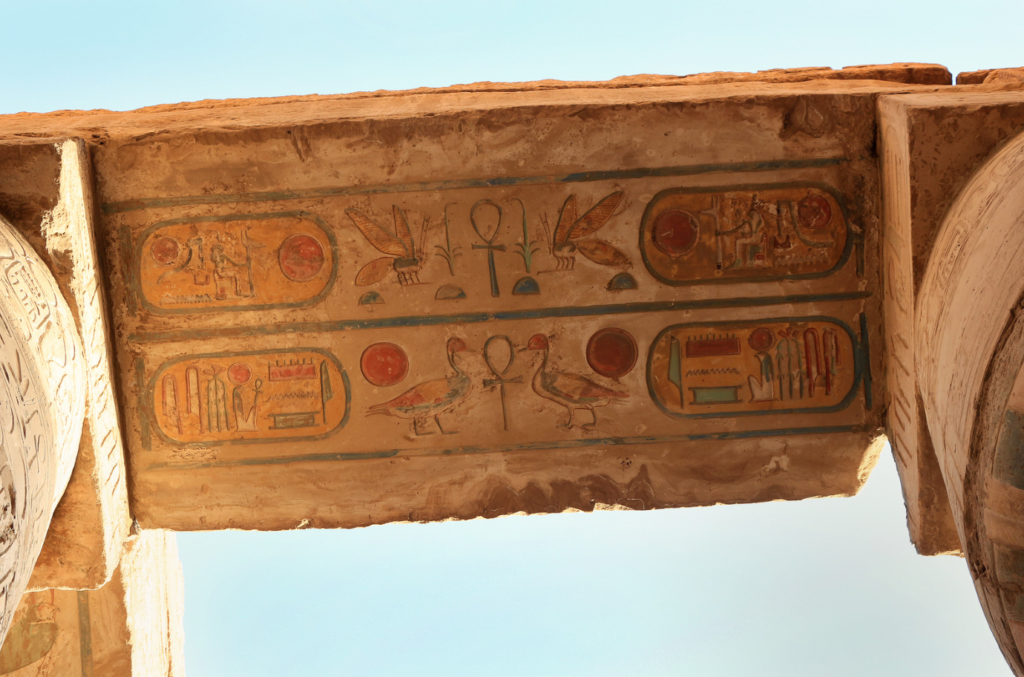
In the heart of Egypt, a story is carved. Not just any story, but the echoes of a civilization written in symbols: the Egyptian hieroglyphs. These artsy carvings, often spotted on temple walls and ancient papyrus, were not mere doodles but a sophisticated writing system of the ancient Egyptians.
To a curious onlooker, hieroglyphs might seem like an art form or ritualistic symbols. However, they served as the beating heart of Egyptian communication, merging daily life, religion, and governance in beautifully scripted glyphs.
A dive in history!
The hieroglyphic script dates back to around 3,300 BCE. Originating during the early dynastic period, they reached their pinnacle during the Middle Kingdom (2055-1650 BCE). Hieroglyphs graced the walls of temples, tombs, and monumental structures, narrating tales of pharaohs, gods, and daily life.
However, with the spread of Christianity and the rise of the Roman Empire, hieroglyphs started to fade, being overshadowed by other scripts. By the 4th century CE, this ancient language fell into obscurity, only to be decoded again with the discovery of the Rosetta Stone in 1799.

Words!
The hieroglyphic script is brimming with captivating symbols, each carrying its unique tale. For instance, Djed, an emblem resembling a column with four parallel lines, stands as a symbol of stability, often linked to Osiris, the god of the afterlife. Next, there’s the Scarab, an iconic beetle-shaped glyph, representing transformation and rebirth, a nod to the daily journey of the sun across the sky. Lastly, the Sesheshet, shaped like a seven-petaled flower, signifies a lotus and is often linked to creation and rebirth.
Arts

Hieroglyphs are a visual delight! Be it the sprawling tales on temple walls or the succinct inscriptions on amulets, they merged art with language. Each symbol, with its meticulous design, not only conveyed a meaning but also added aesthetic allure to the backdrop.
In modern times, hieroglyph-inspired art continues to thrive. From jewelry designs to contemporary murals, the ancient script finds a way to resonate, offering a touch of antiquity amidst the modern landscape.
You might wonder: “Does anyone study hieroglyphs today?” The answer is a resounding yes. Across the globe, universities offer courses in Egyptology, attracting a wave of enthusiastic learners. Scholars dive in history, deciphering age-old texts, unraveling mysteries, and contributing to our understanding of ancient Egyptian life.
Despite no native speakers, hieroglyphs still ‘speak’. They whisper tales of the past to archaeologists, inspire artists, and intrigue the general populace. In an era of fleeting digital texts, these carved stories stand timeless, connecting epochs and civilizations.

